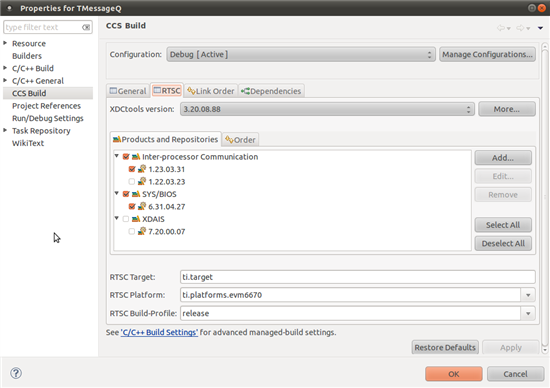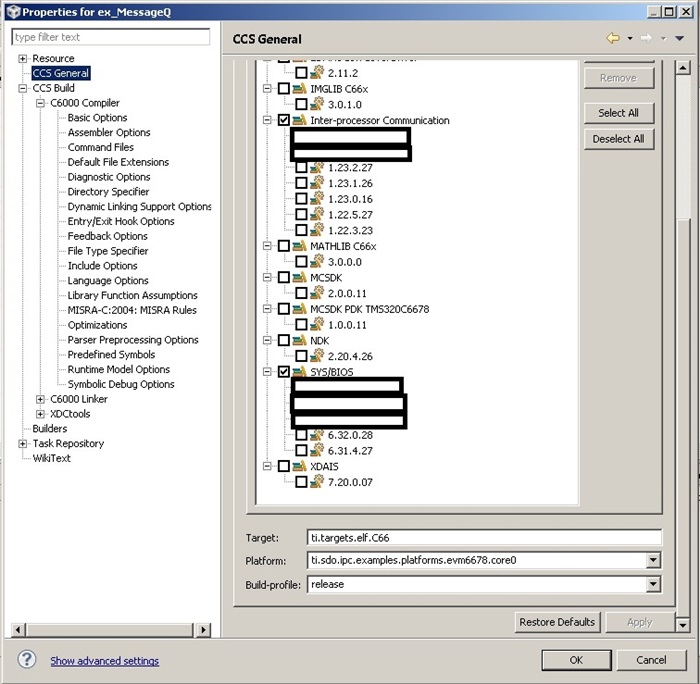I have started work bit on TMS320C6670, and Have trouble with using malloc.
Could anybody explain or give some example of how it is done on DSP (malloc)?
My guesses are maybe I should tweak memory linker command file, or required programming approach is different.
Thank you in advance!



